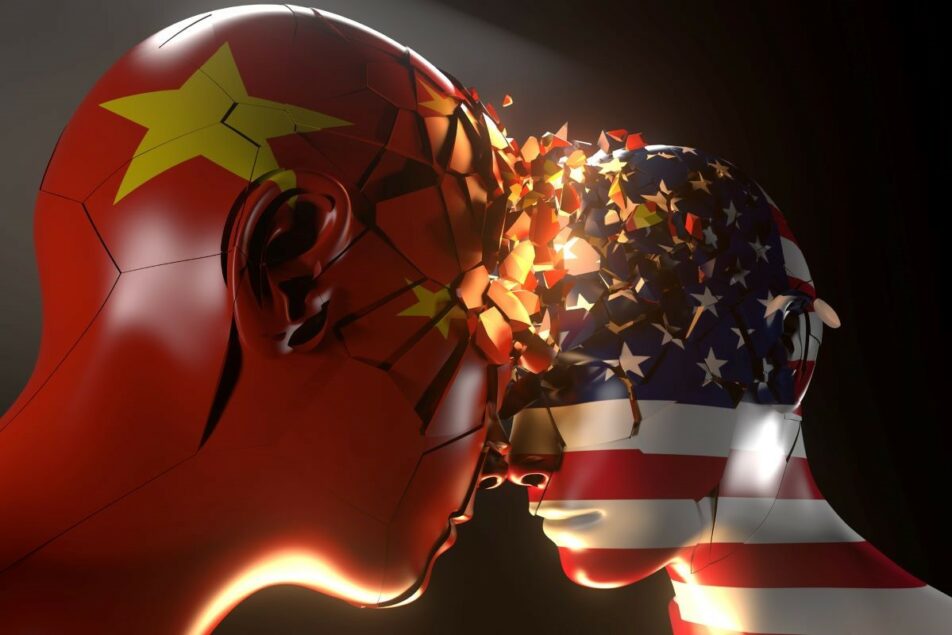[ad_1]
The race is on between supply chain analytics innovation and big supply chain problems.
During COVID-19, if you asked technology leaders what they were glad to have had in place, they would tell you: remote working policies, strong cybersecurity, network resilience and — perhaps most importantly — a culture of teams who could act fast.
If you asked those same leaders what they wished they had in place and are now investing in heavily, the answer would be “supply chain analytics.” The goal: to be better prepared to manage operations in moments of near-total uncertainty. Their CEOs agreed, and technology leaders began channeling new resources into the data foundations necessary not only for supply chain analytics, but for the artificial intelligence surge now upon us.
This “never waste a crisis” mentality has created a growing divide between the corporate data haves and have-nots. Companies that took 2020 seriously and invested in their data are now leading their industries in AI. Those that didn’t are scrambling to pay down technical debt. Moving from raw, unintegrated data to useful supply chain analytics is expensive — and it takes time.
Enter 2025, and we’re facing another major supply chain challenge. This time, it’s not a global pandemic, but an administration’s uncertain and shifting stance on tariffs.
Every Fortune 500 company has a roster of tech vendors eager to lead in AI, and they’re now touting those tools for tariff management. Semiconductor companies are using generative AI-driven tariff modelers to simulate trade scenarios, optimize sourcing and respond to shifting policies.
Construction-specific tools are also on the market, with companies using tariff risk-assessment dashboards to help contractors analyze vendor relationships for exposure to price changes and legal protections. In the automotive sector, manufacturers are deploying AI to track the origin of thousands of components, model tariff impacts and drive faster sourcing decisions. And retailers are using AI to dynamically adjust pricing and inventory strategies in response to tariff-driven cost changes.
Supply chain leaders who are exercising a modicum of control over tariff volatility have created the right conditions for AI success. So what can they do to ready their organizations for getting into the AI tariff-modeling game?
Don’t reinvent the wheel. Your technology organization has likely already been investing in supply chain management tools and integrating data. It may even be working on AI tools for other parts of the business that could be repurposed for your needs. Before buying a new system, talk to your internal technology teams – especially the IT and data leaders.
Buy, don’t build. Building an AI organization capable of training large models on your own data is not for the faint of heart. If your company hasn’t invested in data infrastructure and still has fragmented systems, you’re too far from building enterprise-grade generative AI right now. Instead, look at the data you do have. Are there insights you can extract about tariffs, volatility, or supply chain risks? Talk to your data and IT teams. Share your ideas and rally a cross-functional group around them.
Know your data. As a supply chain leader, you oversee vast networks of vendors, products, employees, and customers. But deepening your understanding of data — what you need and the impact it can have — will help you identify opportunities for the kind of automation and real-time reporting that can give you an edge during tariff volatility. The challenge with AI innovation today isn’t a lack of ideas; it’s a lack of use cases with measurable value. The more you understand how data flows through your processes, the better you’ll be at spotting where generative or agentic AI can create visibility and improve tariff management.
Let the data do the talking. If you’ve been in supply chain management for a while, your instincts are sharp — you’ve seen every global hiccup, and you know how to react. But shifting your mindset to prioritize data over gut instinct will help you get into the right headspace for AI. This is true no matter where your organization is on its AI journey.
Become an AI expert. To many of us, AI is currently everything and nothing at the same time. This level of confusion means anyone can become a leading AI innovation voice in their company. You don’t need to be a prompt engineer or build large language models. But you should understand how AI is being used in your industry and in supply chain management more broadly. Learn how companies are using AI to develop tariff strategies — and beyond that, how they’re tackling broader supply chain challenges. Go to conferences, read up, and become a great storyteller about how AI can help manage today’s tariff issues and tomorrow’s global disruptions.
In the end, the companies best positioned to navigate today’s tariff turbulence — and tomorrow’s unknowns — are those that treated past crises as catalysts for transformation. AI is no silver bullet, but in the hands of supply chain leaders who understand their data, collaborate across functions, and stay curious about emerging technologies, it becomes a powerful tool for resilience and agility. The next wave of supply chain disruption is always just around the corner. Will your organization be ready?
Martha Heller is chief executive officer of Heller.
[ad_2]
Source link



